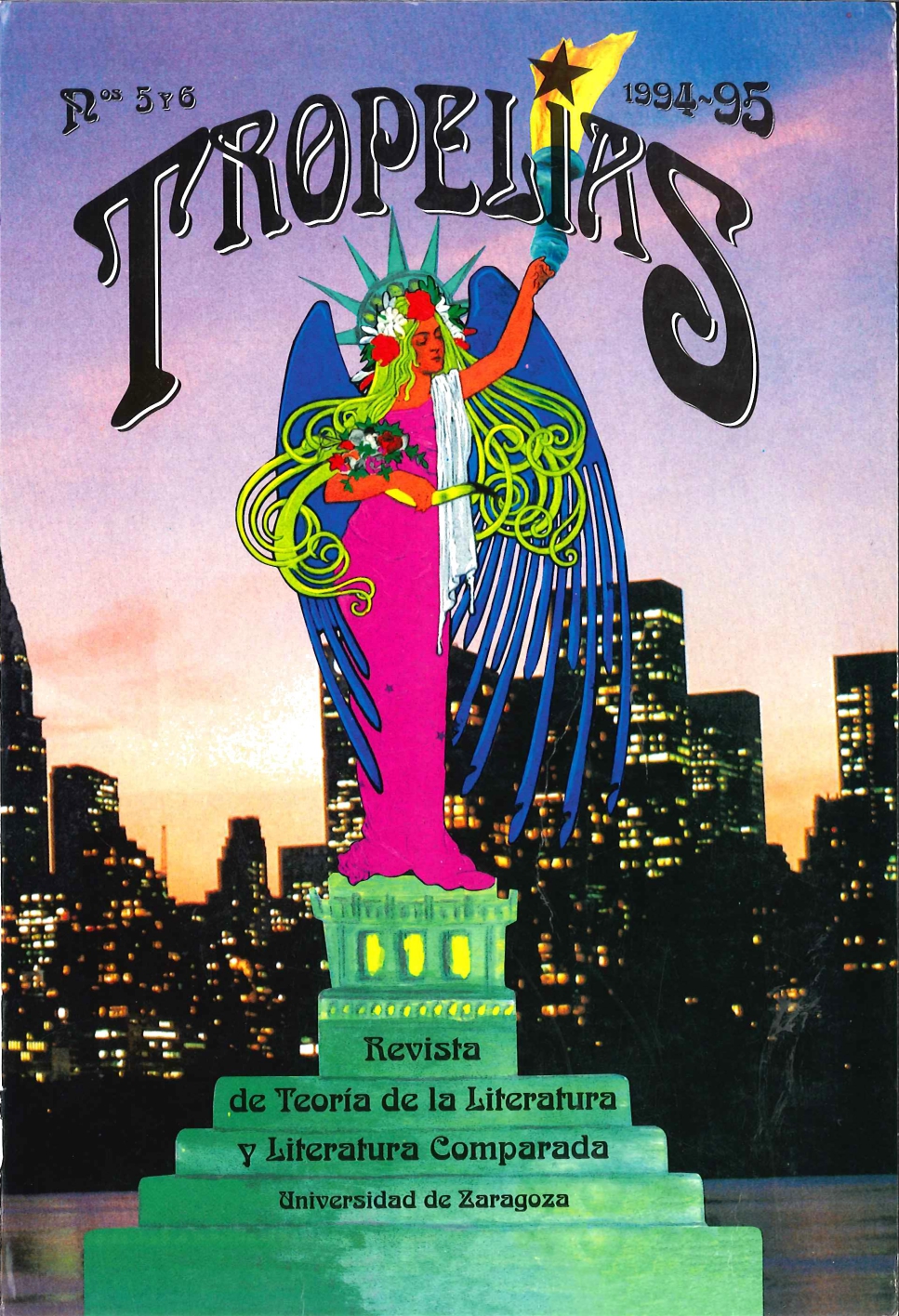The gathered tessels: "Agamemnon" and "Chronicle of a Death Foretold"
DOI:
https://doi.org/10.26754/ojs_tropelias/tropelias.19955-65550Keywords:
Aeschylus, Gabriel García MárquezAbstract
This paper is an enquiry into the limits of intertextuality as put forward by Harold Bloom. According to Bloom a text doesn't have a meaning in itself, but in another text. In its turn, this other text has to be one that was written by the ephebe or belated poet's precursor, and it makes no difference whether he actual1y read it or not. This Oedipal relationship between precursor and ephebe can be traced and has its own pattern. But its outcome, except for Shakespeare, is always the same: the ephebe looses in the fight for priority -both in time and imaginative greatness-.
Two texts were called in order to show the kind of disruption that this one-sided view brings along. Aeschylus' Agamemnon and García Márquez's Chronicle of a Death Foretold share a similar structure as well as a topic, and both belong to the same tradition, but neither of them loose their facticity. For this last reason intertextuality can be said to be a necessary means to approach a literary text, but not an exclusive one.
Downloads
Downloads
Published
How to Cite
Issue
Section
License
Copyright (c) 2021 Fernando Castanedo

This work is licensed under a Creative Commons Attribution 4.0 International License.
Los artículos enviados a la revista Tropelías deben ser originales e inéditos, no publicados previamente en cualquier soporte. Únicamente se aceptará material publicado total o parcialmente con anterioridad, o que esté en proceso de evaluación en otra revista, si se hace constar la causa de tal duplicación y se facilita la fuente donde ha aparecido dicho artículo.
Las imágenes que se incluyan en los artículos estarán libres de derechos de reproducción y, en caso contrario, los autores deberán presentar los permisos para su publicación y asumir los pagos derivados de ello.
Los artículos y reseñas publicados en la revista Tropelías pueden ser incluidos en repositorios temáticos o institucionales desde el momento de su publicación, sin modificación alguna e indicando claramente su procedencia.


